Mechanical drives are the best option for lots of data being stored on a NAS, but should you want to go with more modern hardware, there are some NAS SSDs available. Not only can you store data on solid-state drives, but you can even use PCIe NVMe SSDs as a cache to improve NAS performance.
Best Overall: Seagate IronWolf 110
It's true that desktop-class mechanical hard drives simply aren't designed for NAS use, but what about solid-state drives (SSD)? Similar rules apply, which is why Seagate launched its IronWolf 110 SSD series of NAS drives. What makes this family of SSDs better than other drives is DuraWrite technology.
This special tech allows for increased performance and reliability; both are important inside a NAS enclosure. Like Seagate's existing mechanical drive line-up, these NAS SSDs are designed for 24/7 continuous operation. They can be used for storage or cache inside supported drive bays.
The major drawback to using SSD tech instead of traditional HDDs is the capacity limitation. The maximum capacity you can buy the IronWolf 110 in is 4TB. Compare that to 16TB for mechanical drives, and you can see why HDDs are still preferred by most NAS owners. Finally, there's the price, which quickly balloons with higher capacity SSDs.
Pros:
- 560 MB/s transfer speed
- Up to 4 TB SSD
- Optimized for better reliability
- Designed for 24/7 operation
- 5-year warranty
Cons:
- Limited capacities
- Can get very expensive
Best Overall
Seagate IronWolf 110
Best SSD for your NAS
Seagate's NAS hard drives are seriously good, but so too is its family of SSDs. They're pricey, but offer higher levels of reliability and performance.
Runner-up: Western Digital Red SA500
Like Seagate, Western Digital also has a family of SSDs optimized for NAS use. The RED SA500 is similar in many ways to the Seagate IronWolf 110 series, and that's great news for those looking for a good deal as this SSD is generally more affordable.
The WD Red SA500 is optimized for caching in NAS enclosures, though you can also use one for actual storage, depending on how fast you need data transfers to be. The additional endurance improvements make these drives able to handle even more demanding read and write loads.
The reduced latency is ideal for environments where you're working with video and other media. While these drives are technically better than mechanical HDDs, you will be paying a small premium for the luxury, and the capacities are limited to just 4TB.
Pros:
- 560 MB/s transfer speed
- Up to 4 TB SSD
- Optimized for better reliability
- Designed for 24/7 operation
- 5-year warranty
Cons:
- Limited capacities
- Can get very expensive
Runner-up
Western Digital Red SA500
Super speeds
If you want something a little more than your usual NAS-grade HDDs, Western Digital has you covered with its Red SA500 series of SSDs.
Best Budget: Western Digital Blue
Unlike our previous two SSD recommendations, the Western Digital Blue series is primarily designed for desktop and laptop applications. That doesn't mean you can't use it inside your favorite NAS, but it's not recommended for continuous operation. Still, it's possible, and we've run a few of these drives inside a NAS enclosure for months without issue.
The best part about saving a little more than NAS SSDs is you get most of the same benefits compared to HDDs, including no moving parts (less noise!) and lower power consumption. It's not perfect, however, and you'll quickly rack up cost with higher capacities. You won't be able to match the amazing 16TB HDDs with the WD Blue series of SSDs, unfortunately.
If you want to use an SSD for cache, this drive series is a good option for 2.5-inch bays.
Pros:
- Affordable
- 560 MB/s transfer speed
- Up to 4 TB SSD
- 5-year warranty
Cons:
- Not designed for NAS
- Limited capacities
- Can get very expensive
Best Budget
Western Digital Blue
Cheap and cheerful
While not explicitly designed for NAS use, you can technically use a more affordable SSD like Western Digital's Blue series for storage and cache.
Best for Cache: Seagate IronWolf 510
Enhancing your NAS with speedy SSD cache is a sure way to improve performance. Mechanical drives aren't the fastest means of storing data anymore, which is where SSDs can play a part. If your NAS has a spare PCIe slot for an expansion card or has M.2 slots already available, you can use an SSD like the Seagate IronWolf 510.
This SSD is also designed for NAS use with improved endurance over desktop-class NVMe drives and comes with some seriously good performance figures. It's also incredibly durable, which is perfect for NAS use. You'll be able to use this SSD for an average of 1.8 million hours before experiencing an issue.
Whether you want to use one as storage or cache, you'll be impressed with the results. The IronWolf 510 series is also backed by the same 5-year warranty you'll find on other Seagate NAS storage solutions.
Pros:
- 3150 MB/s transfer speed
- Up to 2 TB SSD
- Optimized for better reliability
- Designed for 24/7 operation
- 5-year warranty
Cons:
- Limited capacities
- Can get very expensive
Best for Cache
Seagate IronWolf 510
Awesome cache performance
Seagate's IronWolf 510 series is built to last, allowing you to improve the performance of your NAS with additional caching.
Bottom line
Are you looking for the best SSD to use inside your NAS enclosure? Look no further than the Seagate IronWolf 110 or Western Digital Red SA500. These are similar drives, and the best pick would be the one that's currently on offer. Regardless of which you go for, you'll be able to upgrade your bandwidth and improve overall NAS performance.
If you have an M.2 slot to spare, you can choose a high-performance NVMe SSD like the Seagate IronWolf 510. This SSD offers amazing performance numbers - we're talking up to 3150 MB/s - and is well-positioned for use as a cache drive or storage. Adding SSD cache to your NAS is a great way to boost overall system performance.
Credits — The team that worked on this guide
![]()
Rich Edmonds is a staff reviewer at Windows Central, which means he tests out more software and hardware than he cares to remember. Joining Mobile Nations in 2010, you can usually find him inside a PC case tinkering around when not at a screen fighting with Grammarly to use British words. Hit him up on Twitter: @RichEdmonds.

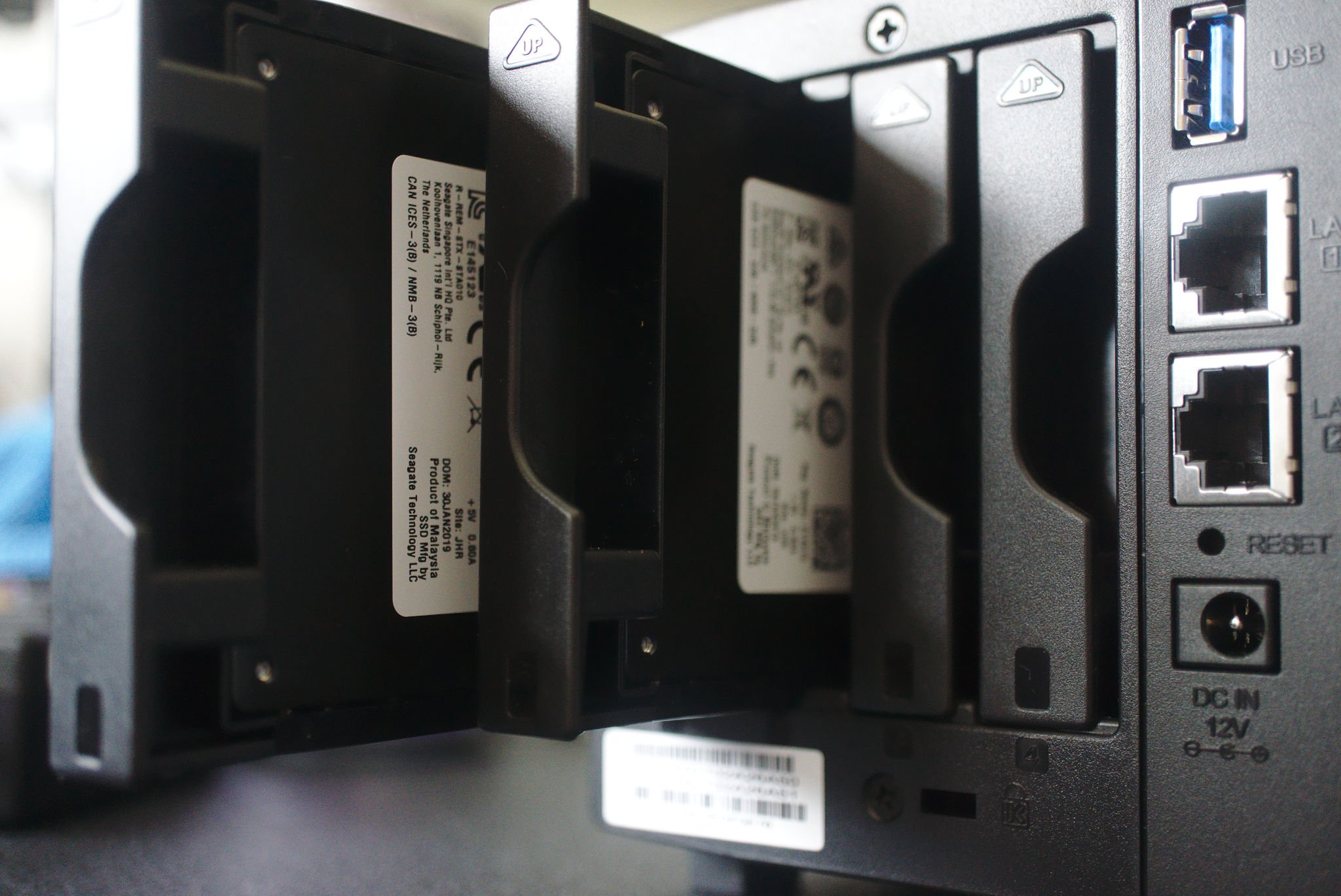
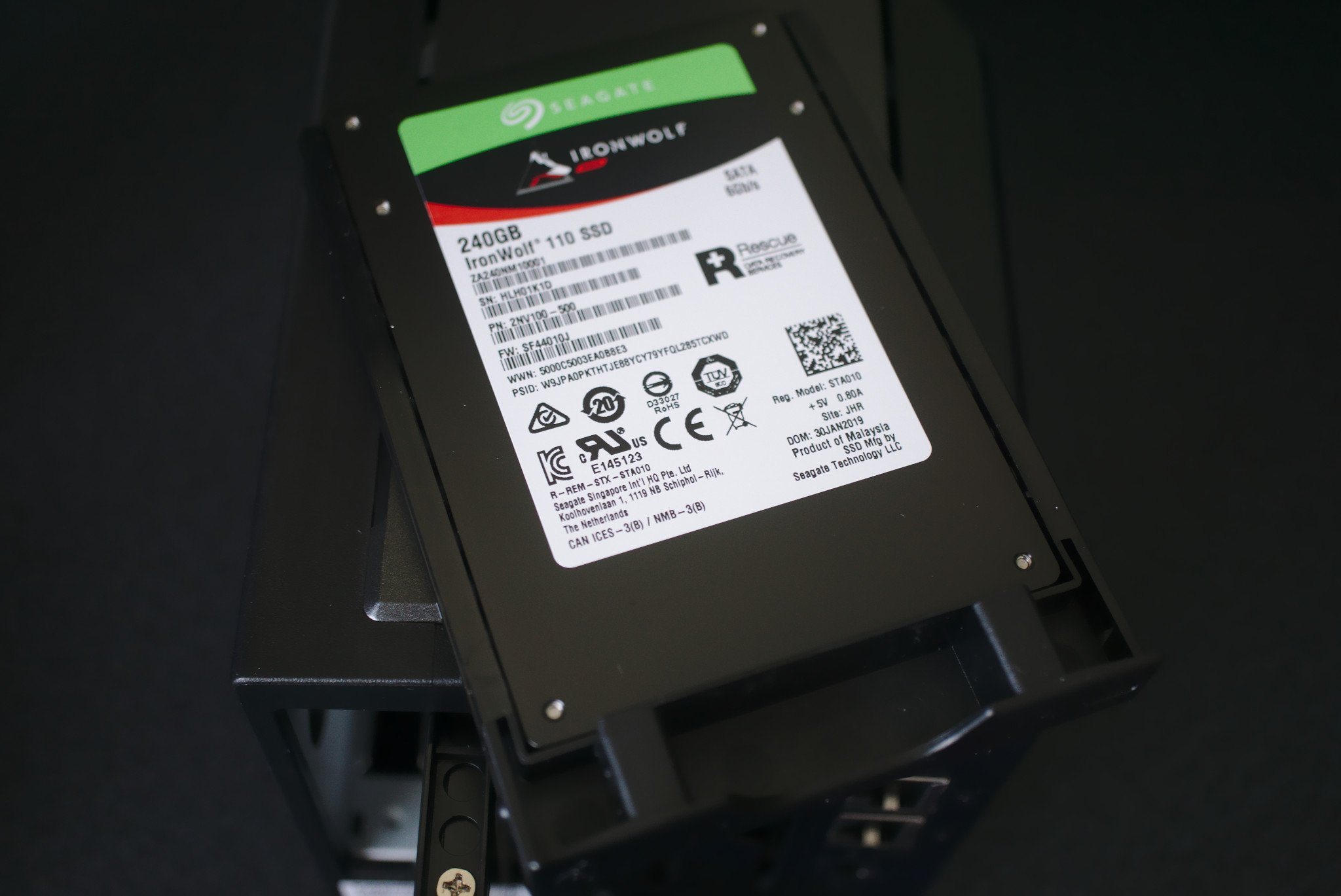
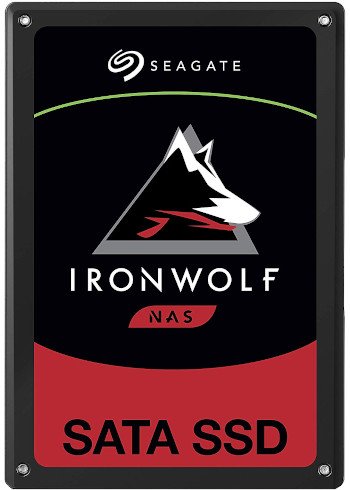
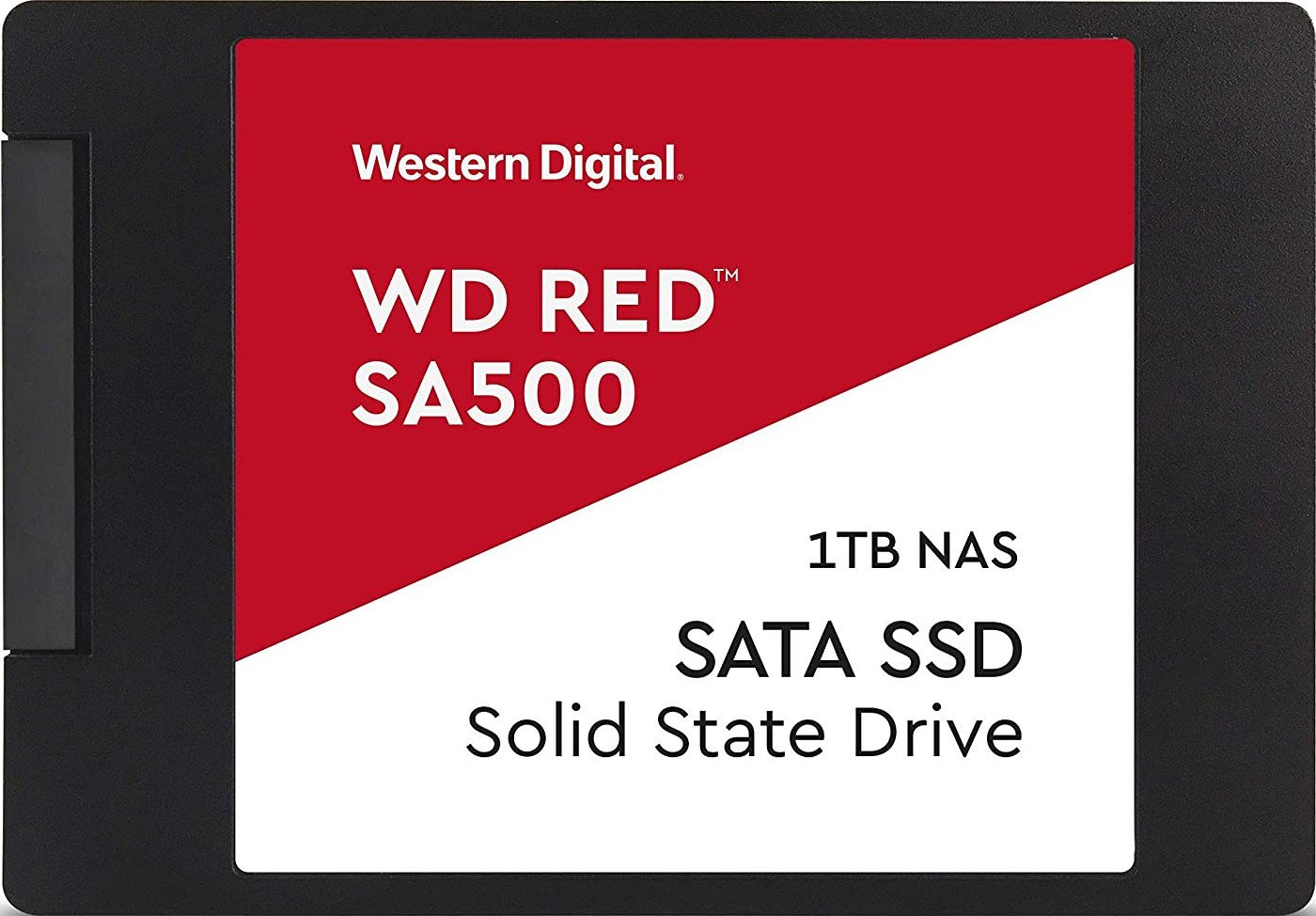

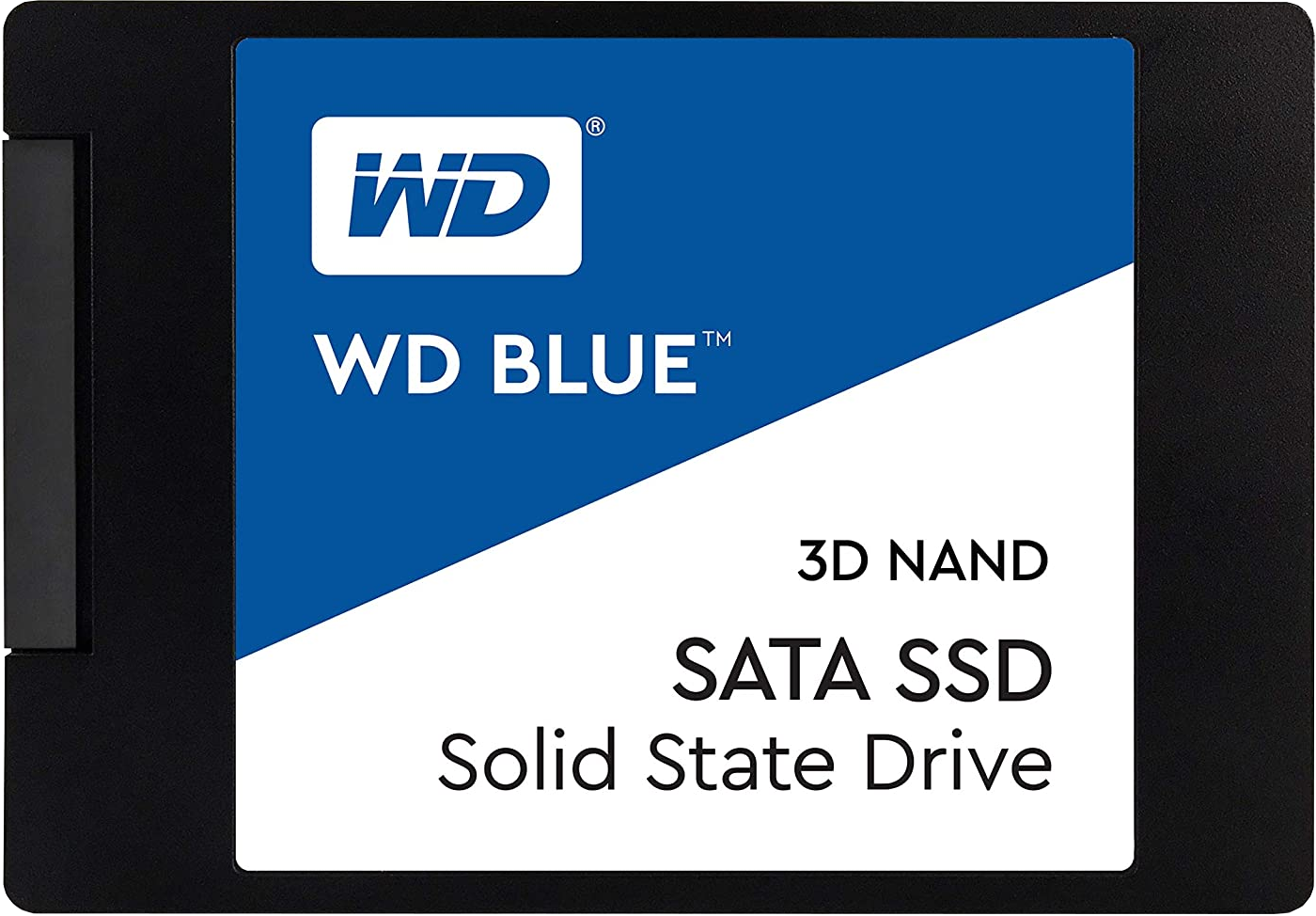





0 comments:
Post a Comment